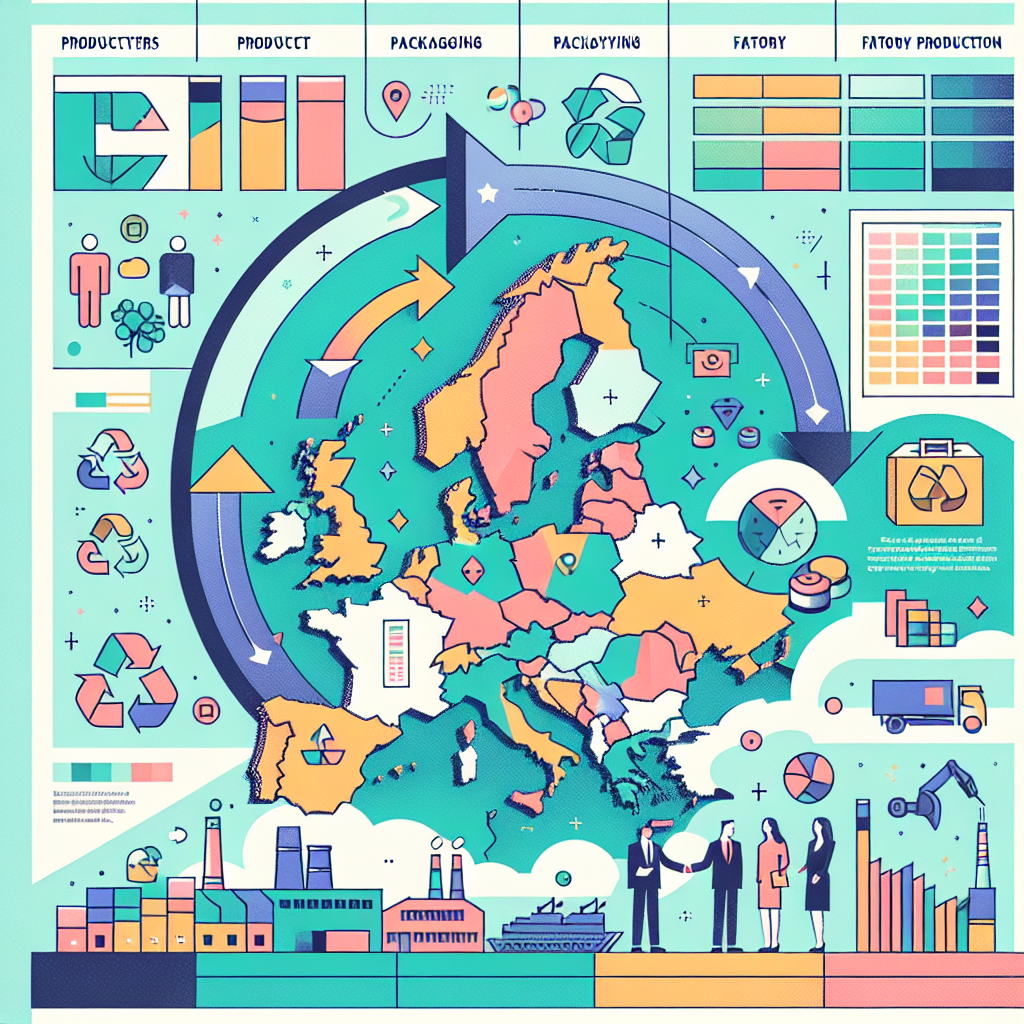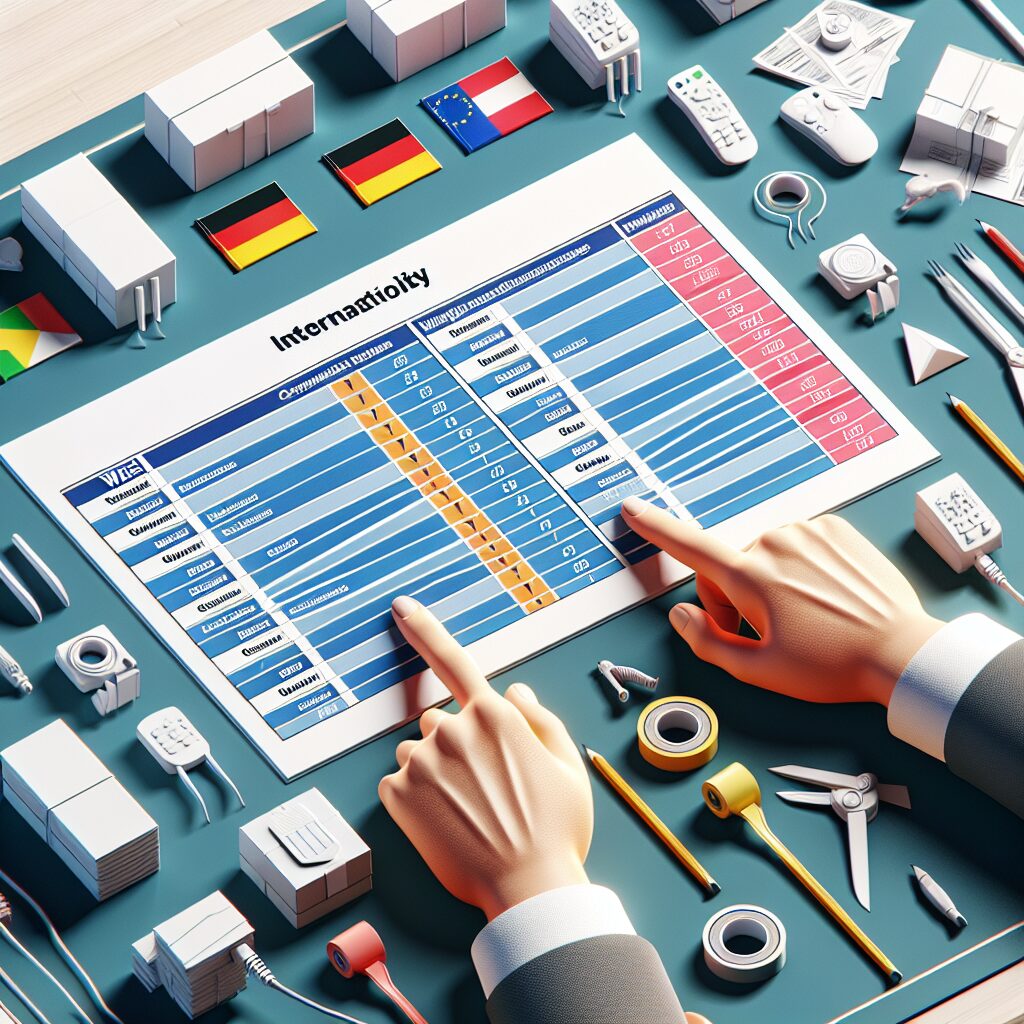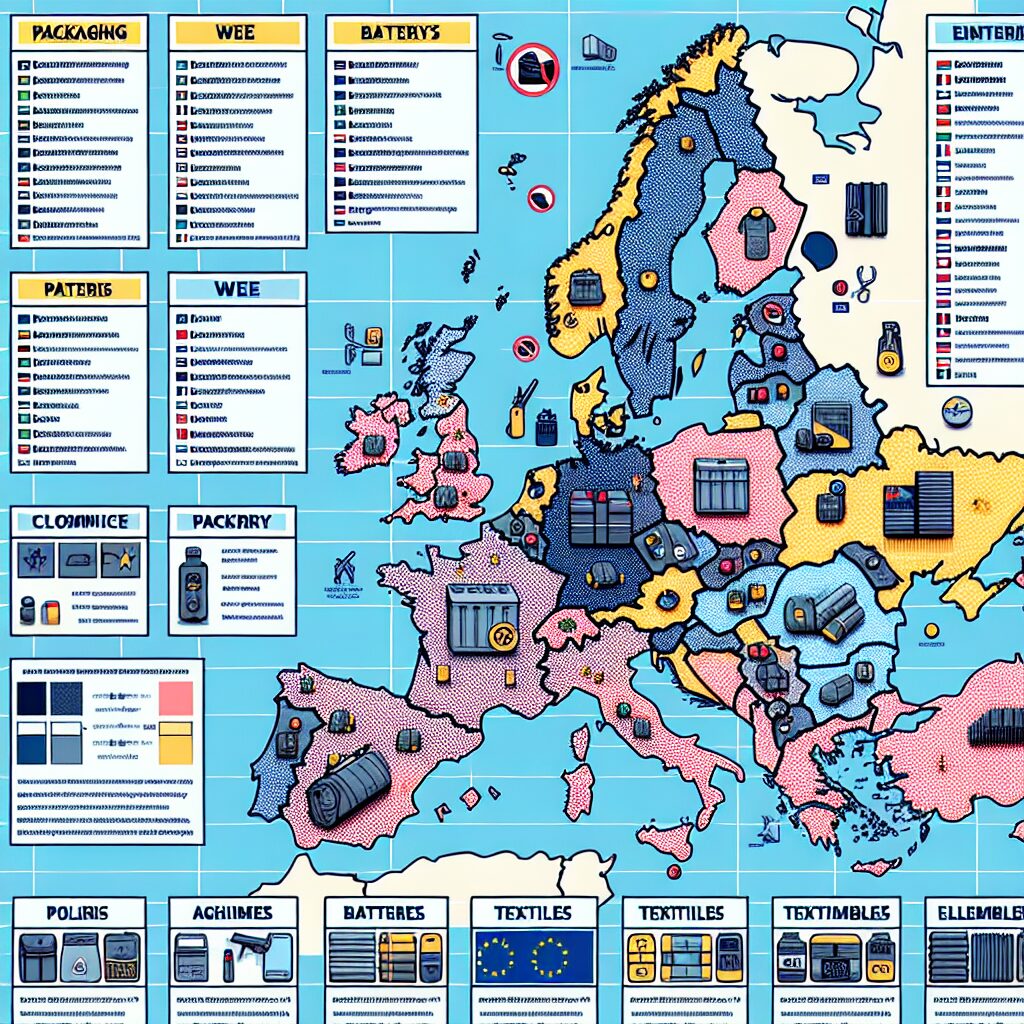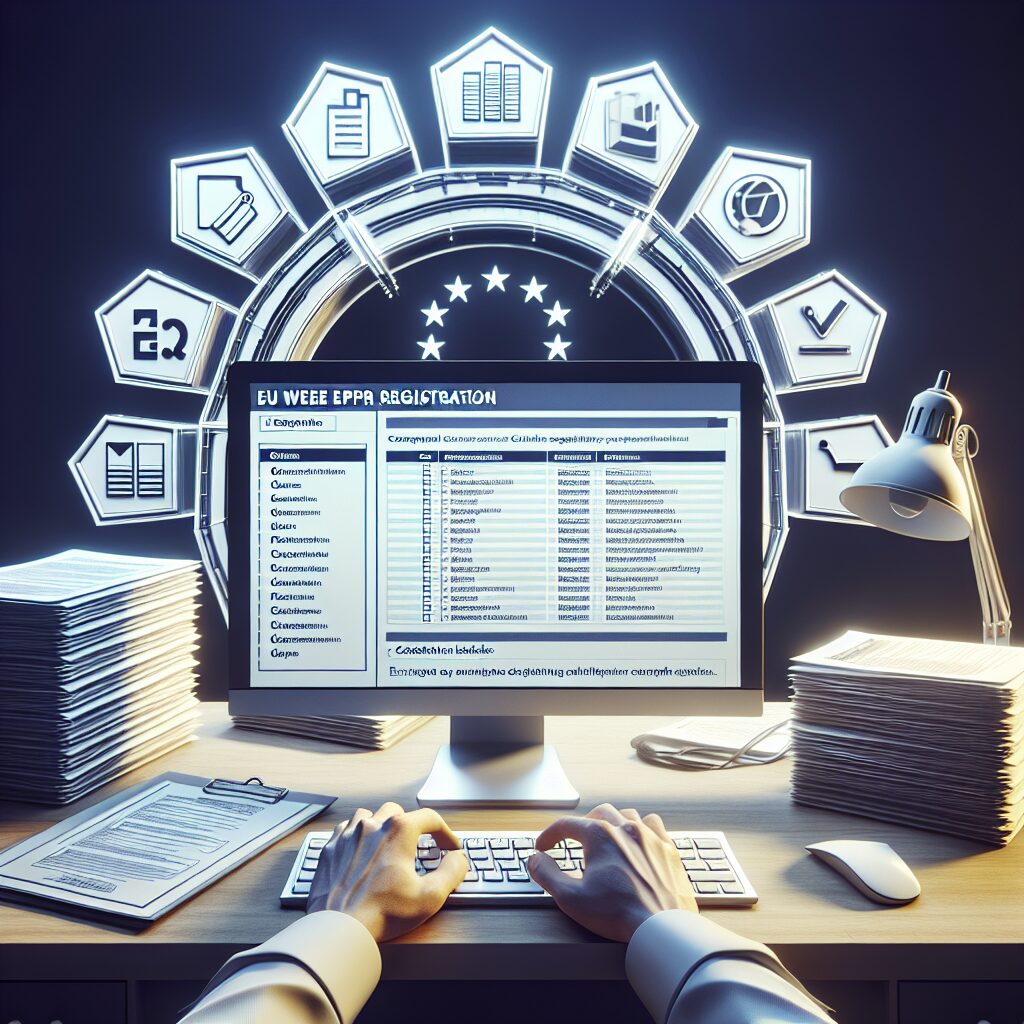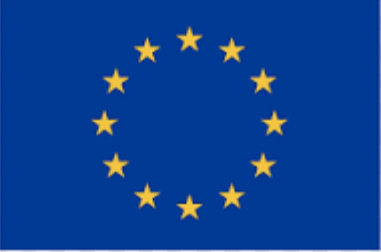About eldris
epr.eldris.ai leads the EPR sector, in fast, automated, AI Agent EU packaging, WEEE, and Battery Compliance for Brands, E-Commerce and Service based businesses expanding into the EU.
In This Article
- Extended Producer Responsibility Basics require producers to manage the post-consumer lifecycle of their products.
- EPR enforcement varies by country but aligns with overarching EU environmental directives.
- Seller obligations include registration, data submission, eco-contributions, and correct labelling.
- Non-EU sellers must comply if targeting EU customers, regardless of physical location.
- Packaging regulations and deadlines differ across Member States—track timelines diligently.
- Digital tools and ERP integrations significantly improve compliance accuracy and efficiency.
- SMEs face challenges but can partner with PROs for streamlined compliance support.
- EPR promotes circular economy goals by incentivising sustainable product and packaging design.
Understanding the Foundations of EPR in the EU
What Is Extended Producer Responsibility?
Extended Producer Responsibility Basics form the core of a vital environmental policy approach adopted across the European Union. In its simplest form, Extended Producer Responsibility (EPR) mandates that producers—manufacturers, importers, and distributors—take full accountability for the entire lifecycle of the products they place on the market. This includes collection, recycling, recovery, and final disposal.
The purpose of EPR is multifaceted. First, it encourages producers to think proactively about the environmental implications of product design, materials, and end-of-life treatment. Second, it alleviates some of the financial and logistical burden from municipal waste management authorities by transferring costs to producers. Third, it fosters more sustainable consumption patterns and paves the way toward a low-waste, circular economy.
EPR applies to a wide array of product categories. Commonly regulated sectors include packaging waste, electrical and electronic equipment (EEE), batteries, textiles, tyres, and even furniture. In each case, producers are required to register with compliance schemes in the countries they operate, submit periodic reports detailing quantities placed on the market, and finance or manage the collection and recycling of this waste.
Therefore, understanding Extended Producer Responsibility Basics isn’t merely a matter of regulatory compliance; it’s increasingly a strategic advantage. Environmental stewardship is now a competitive differentiator among global brands. Those who master EPR regulations can build resilience, streamline operations, and enhance brand reputation while remaining in good legal standing.
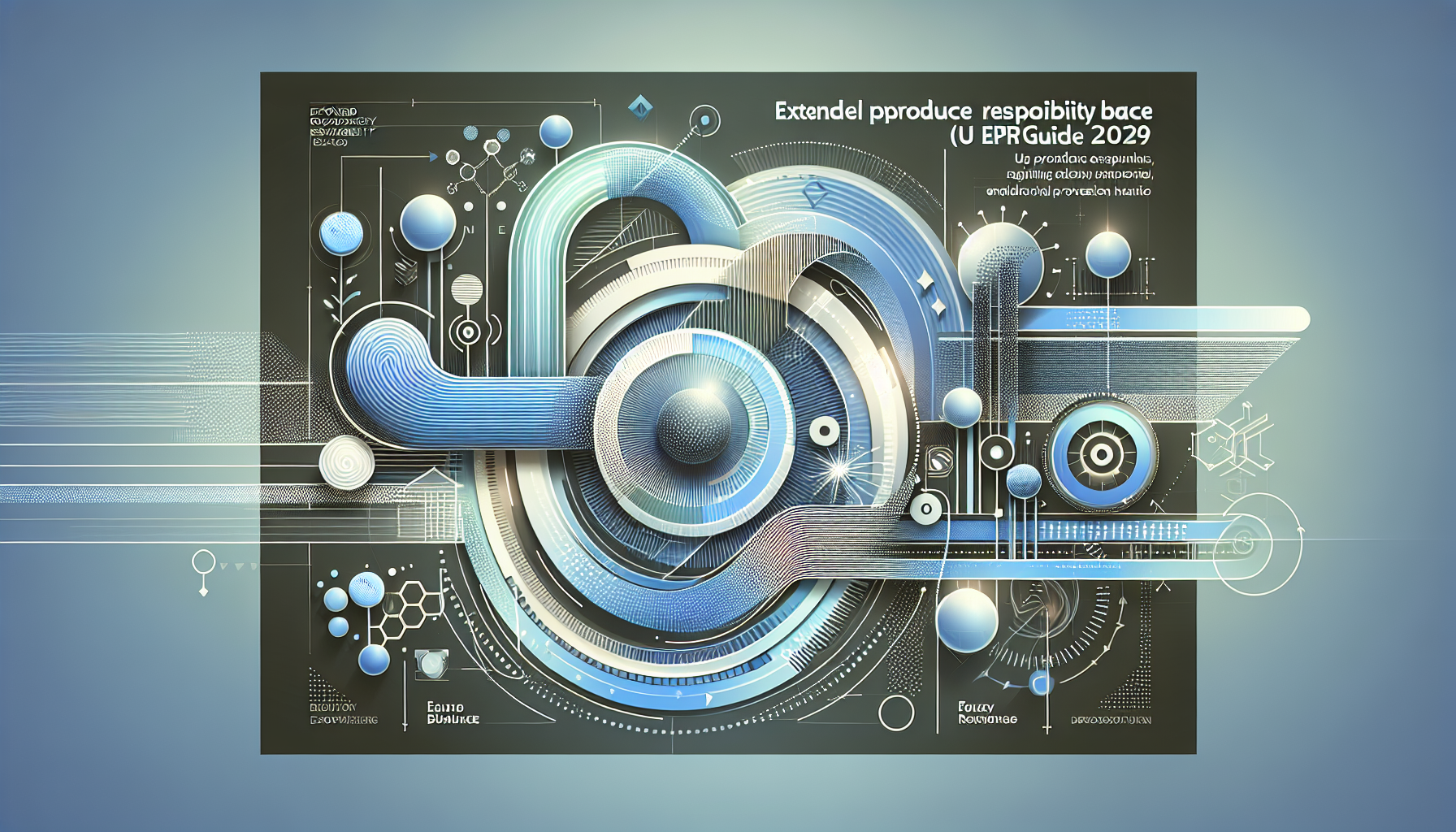
Why the EU Enforces EPR
Environmental and Legislative Goals
The European Union has instituted Extended Producer Responsibility across its Member States with strong environmental and legislative objectives in mind. At the heart of EPR is the ambition to reduce waste generation at the source, boost recycling rates, and push industries towards sustainable design. It aligns directly with broader EU goals such as the European Green Deal and the Circular Economy Action Plan.
One central reason the EU enforces EPR is its utility in increasing the recycling rate of complex and high-volume waste streams. For example, packaging waste in the EU continues to climb annually. By tasking producers with the cost and logistics of waste management, the EU strengthens the financial incentive to develop recyclable, reusable or biodegradable products from the ground up. This not only minimises environmental harm but also reduces overall waste management costs for public authorities.
The legislative framework supporting EPR includes numerous directives. Notably, the Waste Framework Directive (2008/98/EC), the Packaging and Packaging Waste Directive (94/62/EC), and the directive on Waste Electrical and Electronic Equipment (2012/19/EU) create the legal backbone of EPR enforcement. These directives require Member States to implement national laws obliging producers to take responsibility for their products post-consumption.
This regulatory cohesion makes it possible for the EU to exert significant pressure on global producers that wish to enter the European market. It sets a high bar for sustainability that not only impacts local industry but also extends influence across international supply chains.
“The EU’s EPR framework shifts responsibility upstream, encouraging producers to design with the environment in mind from day one.”
Who Must Comply with EU EPR?
Under Extended Producer Responsibility Basics, any company that places goods on the EU market—whether based inside or outside the union—may be obligated to comply with EPR regulations. This encompasses manufacturers, importers, fulfilment service providers, and online sellers. In recent years, governments have increasingly tightened enforcement policies around platforms like Amazon or eBay, holding them accountable unless underlying producers appoint Authorised Representatives or register themselves appropriately.
Foreign sellers, in particular, must be aware that selling into just one Member State can trigger EPR compliance requirements. For example, a UK-based company selling packaged cosmetics to customers in France would need to comply with French packaging producer obligations, including registration with an accredited Producer Responsibility Organisation (PRO), data submission and eco-contribution payments.
These rules apply regardless of whether the business operates from a physical presence within the EU. As such, understanding EPR basics and conducting country-specific research is vital to avoid regulatory breaches. Ignorance is not a valid defence, and penalties for non-compliance can range from financial penalties to complete bans from marketplaces.
What Are Seller Obligations under EPR?
Complying with EPR obligations involves a series of structured actions. First, producers must register with a national environmental agency or an authorised compliance scheme per product category. Registration often requires submitting product weight, material types, and annual sales volume.
Second, producers must appoint an “Authorised Representative” if they are not based in the target Member State. The Representative acts as the legal contact for local regulators and manages all compliance filings. Third, producers must label their products appropriately, informing consumers about collection points or disposal methods. In some countries, specific EPR symbols or eco-labels are mandatory.
Finally, ongoing obligations include periodic reporting (usually quarterly or annually), documenting and verifying quantities and materials placed on the market. The data must align precisely with invoicing and logistics reports to prevent discrepancies. Financial payments, known as eco-contributions, fund recycling and waste recovery programmes. Missing any of these steps can result in enforcement actions or platform delisting.
To remain compliant, it’s essential to stay ahead of regulatory updates. Many Member States revise EPR thresholds or reporting deadlines annually. Using centralised tracking tools or consulting with industry specialists can provide the necessary guidance to remain compliant across all active markets.
Key Packaging EPR Deadlines and Country Variations
EPR implementation varies widely by Member State, particularly with packaging rules. While EU directives provide baseline requirements, national transpositions differ in scope, timelines and penalties. For instance, Germany’s VerpackG mandates registration with the LUCID portal and participation in a dual system, while France requires detailed eco-modulation fees based on recyclability.
In Spain, the Royal Decree 1055/2022 brought significant EPR extensions in January 2023, including digital seller responsibilities. Meanwhile, Italy’s CONAI system distinguishes between micro-enterprises and larger producers, applying different fees and reporting thresholds.
For packaging placed on the market in multiple EU countries, businesses must track deadlines meticulously. Some PROs offer pan-EU compliance support, but not all. It’s crucial to maintain a spreadsheet or an automated dashboard that captures deadlines for data submission, financial contributions and official audits across jurisdictions.
This complexity means companies should avoid a one-size-fits-all solution. Instead, tailoring compliance mechanisms to each territory is advisable. Otherwise, brands risk overpaying or, worse, inadvertently breaching local laws.
Best Practices for Staying Compliant
The first best practice is early engagement. Understanding the Extended Producer Responsibility Basics early in product development—particularly concerning packaging choices—can save time and resources down the line. Choose materials with high recyclability, minimal composite layering, and clear labelling—from both logistical and legal standpoints.
Next, maintain accurate and auditable data records. Linking EPR reports directly with enterprise resource planning (ERP) systems, SKU libraries, and warehouse inventories ensures consistency and reduces compliance-related errors. Implementing internal review protocols or third-party audits annually can also safeguard against costly mistakes.
Third, consider joining an industry association or consortium. Bodies such as PROs often provide regulatory updates, best practice guidance, and collective bargaining benefits. Some even handle submission workflows on behalf of the producer.
Finally, businesses should train staff across procurement, finance, and legal departments. Many EPR lapses occur from poor internal communication or incorrect assumptions about packaging origin or destination. A shared, cross-functional understanding ensures no detail gets lost in the operational shuffle.
How EPR Supports the Circular Economy
Extended Producer Responsibility Basics are integral to advancing a functioning circular economy. EPR mechanisms force producers to internalise end-of-life costs and design for durability, reusability, and easy disassembly. This reduces the environmental cost of production while promoting innovation in sustainable design.
Take, for example, the electronics industry. In an EPR-compliant model, producers are incentivised to design devices that are easier to repair or upgrade, reducing obsolescence. Similarly, packaging producers may shift towards mono-material polymers, compostable fibres, or refill-based systems—techniques that align with circular economy principles and meet growing consumer demands for eco-conscious alternatives.
Moreover, the revenue collected from eco-contributions funds infrastructure investments like recycling sorting stations, waste recovery units, and educational awareness campaigns. Thus, EPR doesn’t just assign liability; it proactively supports a looped production model where waste becomes a resource rather than a burden.
Challenges in EPR Implementation
Despite its merits, implementing Extended Producer Responsibility Basics is not without obstacles. First and foremost is the fragmentation across the EU. Each Member State interprets and enforces EPR differently, creating a compliance labyrinth for businesses operating in multiple regions.
Moreover, small and medium-sized enterprises (SMEs) often find the administrative burden disproportionately high. While large corporations can dedicate entire compliance teams, micro-enterprises may lack the capacity or financial resources to keep pace with evolving regulations.
Technological complexity also presents hurdles. Linking product data, waste management requirements, and cross-border sales requires robust digital systems. Errors in classification or measurement can result in heavy fines, particularly when audited by regulatory bodies.
Finally, there is the challenge of enforcement. While some countries monitor compliance rigorously, others lag, allowing non-compliant operators to gain market advantage. This uneven enforcement risks undermining the environmental objectives of EPR and creates further complexity for law-abiding companies.
Digital Tools and Resources for EPR Compliance
There is an increasing array of digital solutions available to help companies navigate the landscape of Extended Producer Responsibility Basics. Cloud-based compliance platforms can automate reporting, track country-specific deadlines, and integrate with existing ERP systems to ensure data consistency.
Many Producer Responsibility Organisations operate online portals for registration, data upload and payment management. For example, Germany’s LUCID system and France’s Citeo platform offer user dashboards and compliance histories. Some also provide cost simulators to anticipate eco-contributions before final production decisions are made.
For international sellers, digital advisors and AI-driven support tools can dynamically suggest EPR actions based on user inputs like product type, material composition, and sales destination. Moreover, third-party consultancies offer API integrations that monitor account compliance in marketplaces such as Amazon EU and Zalando, ensuring your operations remain uninterrupted.
Regularly referencing databases provided by the European Commission and national councils can also be invaluable. Websites like Learn more about EU Product Compliance & Sustainability and Read a related article offer tailored insights, while resources such as In-depth Overview of EPR in the EU ensure up-to-date digital access to directives, country registries and policy updates.
Conclusion and Key Takeaways
In conclusion, mastering Extended Producer Responsibility Basics is not only a regulatory necessity but also a strategic imperative. The framework represents a fundamental shift in how producers interact with product life cycles and waste management. Driven by environmental urgency and supported by robust EU legislation, EPR creates both compliance obligations and sustainability opportunities.
By actively engaging with EPR statutory requirements across packaging, electronics, and other sectors, producers can remain legally secure while contributing meaningfully to the transition toward a circular economy. Leveraging digital tools, maintaining transparent reporting practices, and staying informed through authoritative sources ensures ongoing compliance and minimises operational risk.
Great guide on what-is-extended-producer-responsibility-in-the-eu-interactive-learn-how-extended-producer-responsibility-epr-works-across-the-eu-what-obligations-it-creates-for-sellers-and-how-it-shapes-sust – Community Feedback
What is the extended producer responsibility in the EU?
Extended Producer Responsibility (EPR) is a policy approach that holds producers accountable for the environmental impacts of their products throughout the entire product lifecycle, including disposal and recycling, within the EU.
What is EPR and how does it work?
EPR encourages companies to design sustainable and recyclable products by assigning them responsibility for managing waste and pollution generated from their goods, often through regulation and financial obligations.
What is extended producer responsibility or EPR?
EPR is a regulatory mechanism placing the financial and operational cost of responsible end-of-life product management on manufacturers or sellers, incentivizing environmentally-friendly practices.
What is extended producer responsibility and why is it important?
EPR provides incentives to improve product recyclability and sustainability, increases citizen awareness of recycling, and supports the use of recycled materials, making it essential for achieving circular economy goals.


